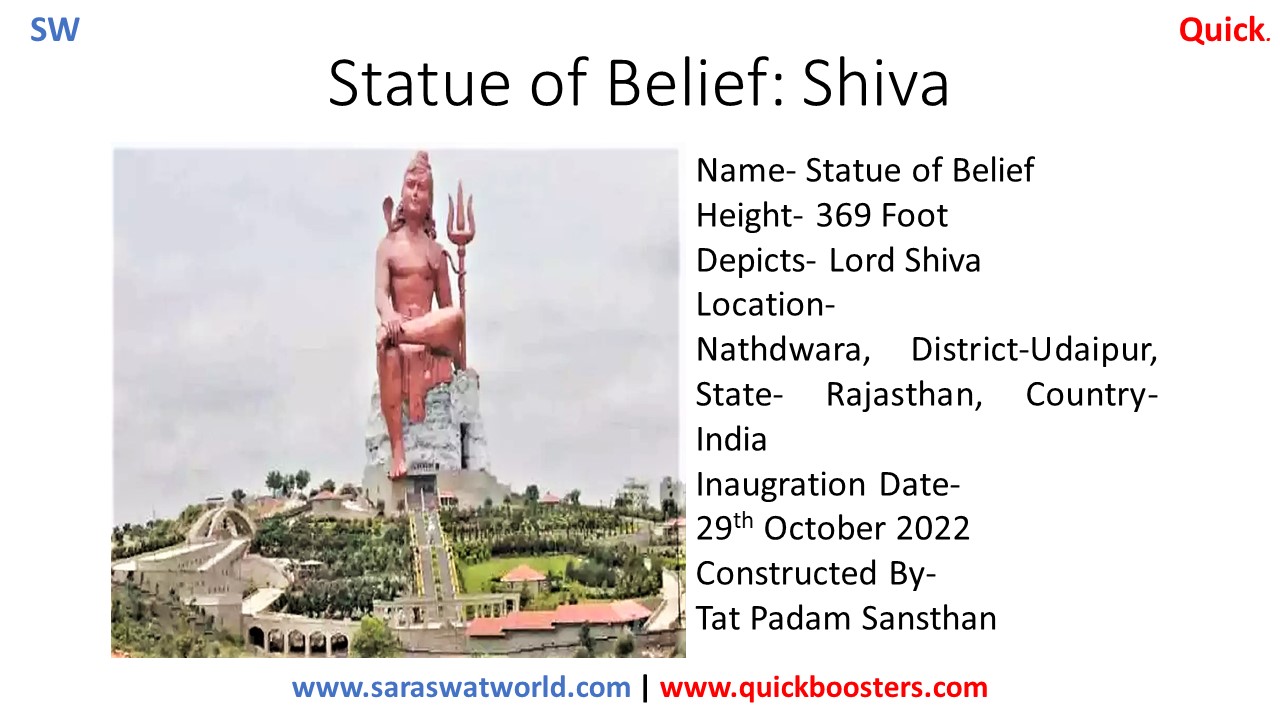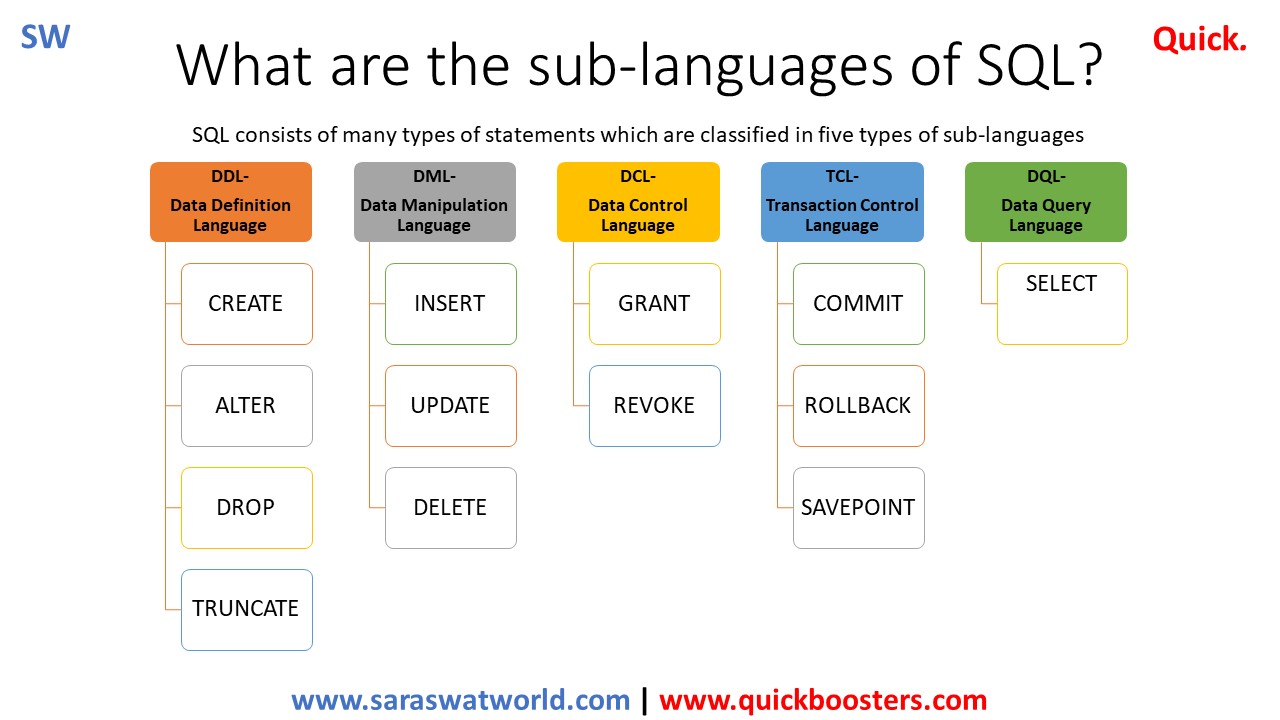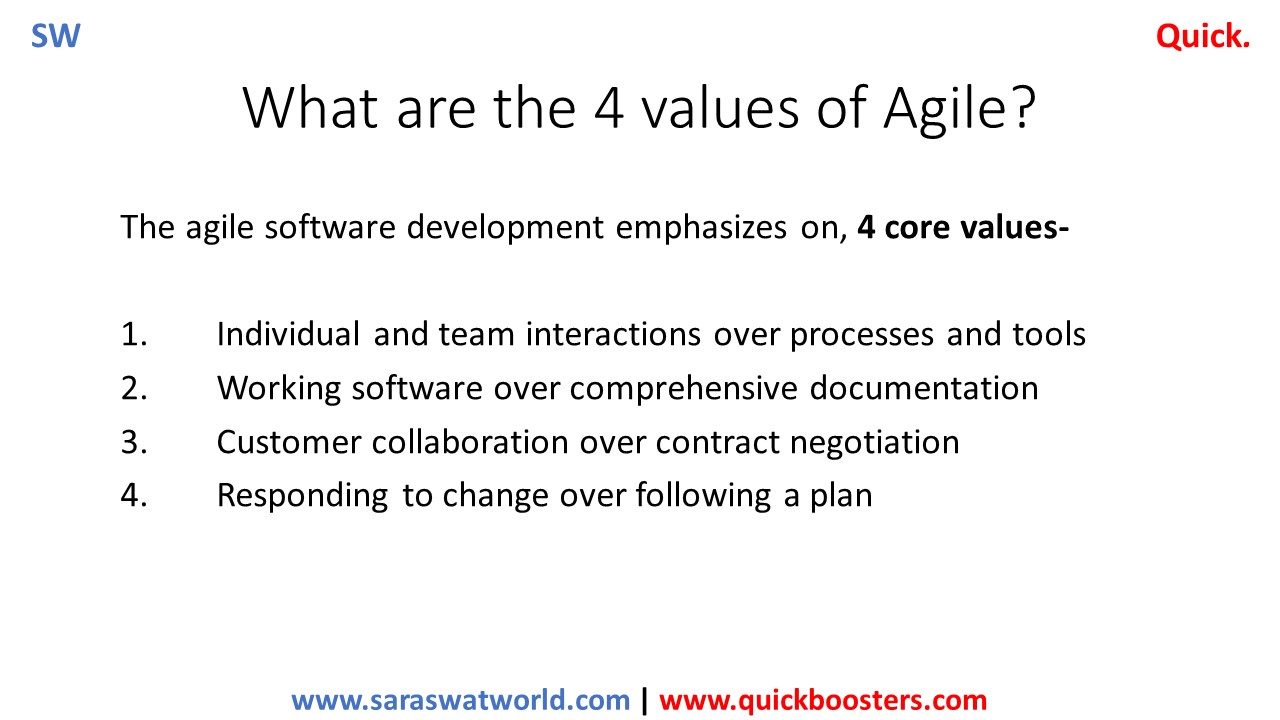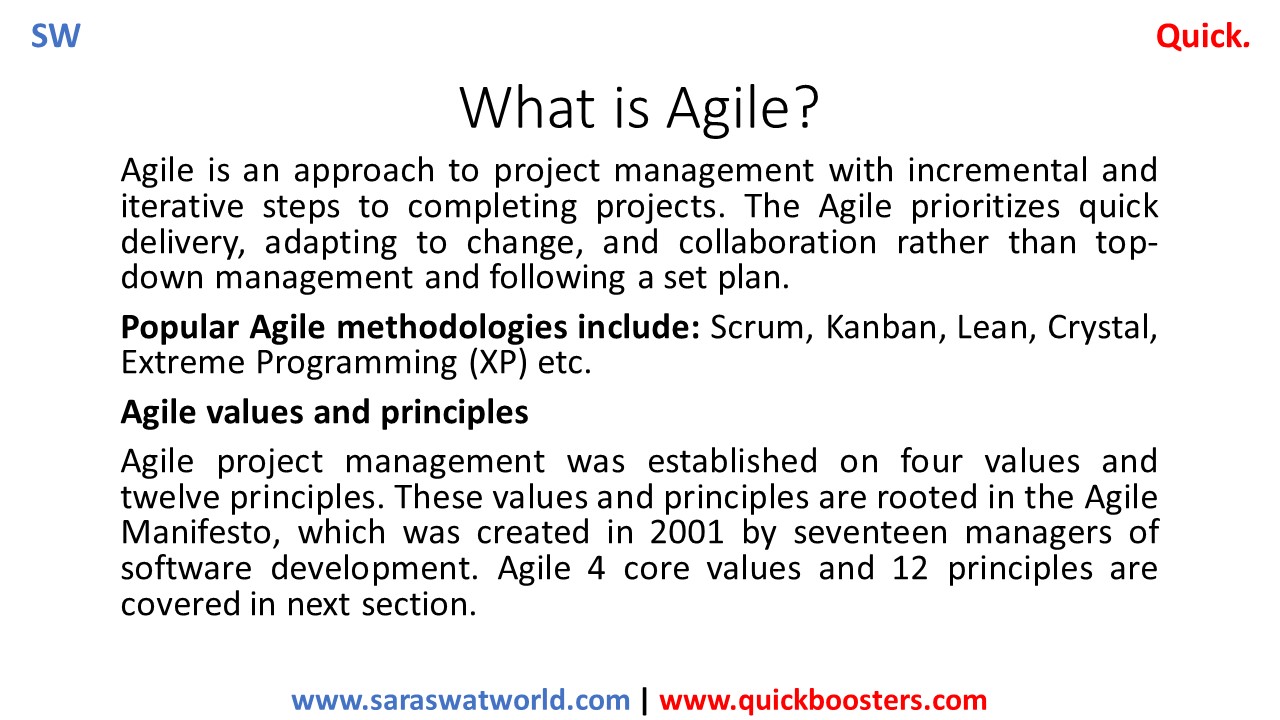Knowledge

Indus Valley Civilization
The Indus Valley Civilization (IVC), also known as the Harappan Civilization, was one of the world’s earliest urban cultures, flourishing from approximately 3300 BCE to 1300 BCE. It extended across a vast area of the Indian subcontinent, primarily in present-day Pakistan and northwest India, covering regions from northeast Afghanistan to the western coast of India.…

Super Moon Hunter’s Moon
The October 2024 Hunter’s Moon, a notable supermoon, is set to peak on October 17 at 7:26 AM ET. This celestial event marks the third of four supermoons occurring in 2024, making it a significant occasion for skywatchers. What is a Supermoon? A supermoon occurs when a full moon coincides with the moon’s perigee, the…

What is Block Chain?
What is Blockchain? Blockchain is a decentralized digital ledger that records transactions across many computers in such a way that the registered transactions cannot be altered retroactively. This ensures transparency and security. How Blockchain Works Practical Use Cases Real-World Implementations Blockchain technology is revolutionizing various industries by providing secure, transparent, and efficient solutions. If you…
HOW TO CREATE A DATABASE IN SQL?

What are the types of Derivatives?
TYPES OF DERIVATIVES

What is a Derivative?
DERIVATIVES

Worlds Tallest Statue of Shiva
STATUE OF BELIEF

What are the sub-languages of SQL?
SQL consists of many types of statements which are classified in five types of sub-languages- Data Definition Language (DDL): to create and modify the structure of the database. All the commands of DDL are auto-committed that means it permanently save all the changes in the database. DDL Commands: CREATE ALTER DROP …

What is SQL
SQL Definition SQL, stands for structured query language, is a domain-specific declarative programming language based on tuple relational calculus and relational algebra. It is used in programming and designed for managing data held in a relational database management system (RDBMS), or for stream processing in a relational data stream management system (RDSMS). RDBMS is a…

What is Requirement Traceability Matrix?
Requirement Traceability Matrix (RTM) is a document that maps and traces user requirement or stories with test cases to validate and ensure that all the functionalities has been checked during software testing. It captures all requirements proposed by the client and requirement traceability in a single document, delivered at the conclusion of the Software development…

What are Acceptance Criteria and Acceptance Test?
What are Acceptance Criteria? Acceptance criteria are a set of conditions that software must meet in order to be accepted by a customer or stakeholder. And how are these conditions decided?It’s all up to the product owner. They need to determine whether the feature is doing what the users want it to do (user story).…

What is Velocity?
What is velocity? Velocity is a unit of measurement that determines the amount of work, team can handle during an iteration. How velocity is measured? It’s measured by calculating the average number of tasks/user stories completed in a sprint. Agile teams use a velocity chart to do this.

What are Epic, Story and Initiatives?
What is Epic? An epic is a big idea or feature or business requirement that can be broken down into smaller user stories with unified goal. What is story? Story also known as user story, it is short requirement or request written from the perspective of an end user. A story is one simple narrative;…

What are the Five Values of Scrum?
Scrum’s five core values support the pillars. They are the following: Commitment. The team is self-directed, and everyone is dedicated to doing the work that has been agreed upon. Courage. The team operates as one entity and succeeds or fails together. Members do the right thing and take on tough problems. Focus. Distractions are limited,…

What are the three Pillars of Scrum?
The three pillars of Scrum Adaptation. The team consistently revises its approach to problems and takes on new ones as they arise. Inspection. The team consistently reflects on and evaluates its performance. Transparency. The team works in an open environment, where all members have insight into each other’s process and are aware of the challenges…

What are Scrum Artifacts?
Scrum Artifacts Product itself- The Scrum model expects the team to bring the product or system to a potentially shippable state at the end of each Scrum sprint. Product Backlog- This is the complete list of the functionality that remains to be added to the product. The product owner prioritizes the backlog so the team…

What is Scrum?
What is Scrum? Scrum is adaptable, fast, flexible and effective agile framework or agile development methodology of rules, roles, events, and artifacts used to implement Agile projects based on an iterative and incremental approach and processes to deliver value to the customer throughout the development of the project. Scrum Process Scrum relies on a self-organizing,…

What are the 12 principles of Agile?
Agile project management was established on four values and twelve principles. These values and principles are rooted in the Agile Manifesto, which was created in 2001 by seventeen managers of software development. 12 Principles are based on Agile Manifesto- Our highest priority is to satisfy the customer through early and continuous delivery of valuable software.…

What are Four Values of Agile?
Agile values and principles Agile project management was established on four values and twelve principles. These values and principles are rooted in the Agile Manifesto, which was created in 2001 by seventeen managers of software development. The agile software development emphasizes on following 4 core values of Agile- Individual and team interactions over processes and…

What is Agile?
Agile is an approach to project management with incremental and iterative steps to completing projects. The Agile prioritizes quick delivery, adapting to change, and collaboration rather than top-down management and following a set plan. Agile is a process that allows a team to more efficiently manage a project by breaking it down into several stages,…